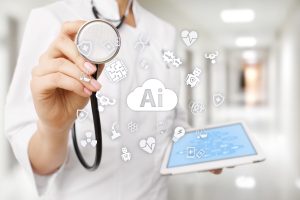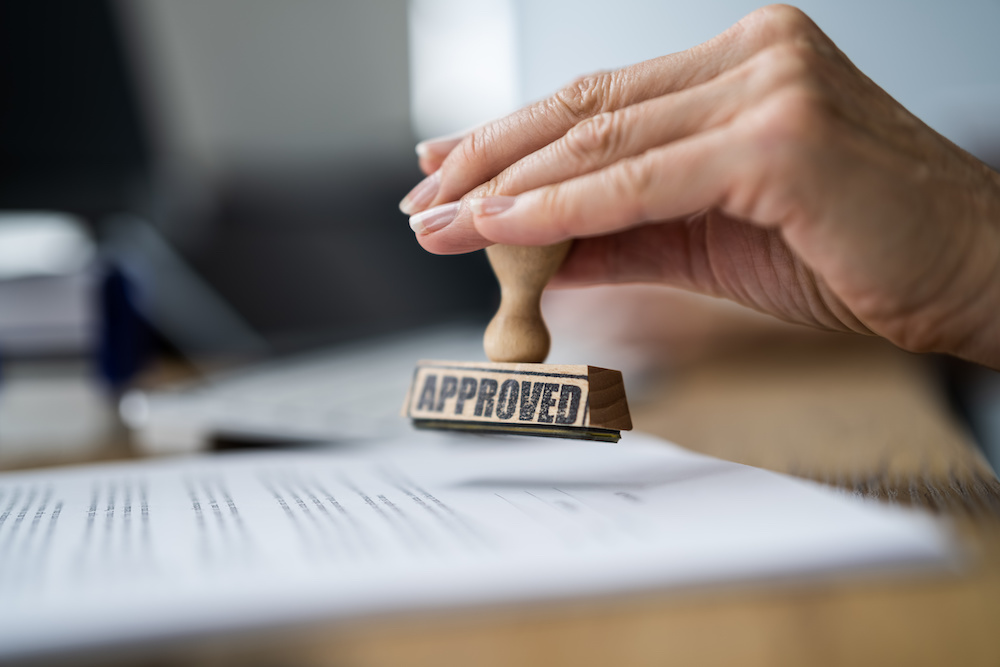
Advances in Artificial Intelligence have made possible some incredible medical devices, but the question of whether these devices should be FDA approved has surfaced in the medical community. The answer depends on what kind of medical device you’re working with, so let’s take a look at how AI impacts different kinds of medical devices.
What is Artificial Intelligence (AI)
According to Merriam-Webster, artificial intelligence is defined as the capability of a machine to imitate intelligent human behavior. But what does that really mean? Artificial intelligence is actually a pretty old term. In fact, you can trace its roots back over six decades to when mathematician John McCarthy coined it in 1955. Even then, it was clear that AI technology had massive potential to augment our lives and make all kinds of processes easier.
Over time, as AI continued to evolve and technology advanced, experts began to envision how AI could be used in conjunction with other technologies to increase their efficacy. This kind of combination approach has a wide range of applications across multiple industries, including healthcare.
Benefits of AI
We tend to think of AI as robots and computers talking in a human-like way or beating humans at strategic games. But actually, AI is also used in countless medical applications that have already saved lives and improved the lives of many patients around the world.
The real value of artificial intelligence is its ability to help humans make faster and better decisions. Think about your smartphone. Its predictive text function doesn’t actually write your text messages. It simply predicts what word you’re trying to type next so that you can quickly and easily send a message without having to type out each word letter by letter.
AI in Medical Devices
As research into artificial intelligence has increased, so too has it been adapted for medical purposes. Now, many hospitals are using artificial intelligence to assist with certain diagnostic procedures and checkups. Artificial intelligence is being used in both simple and complex ways: from diagnosing eye disease to reading radiographs—there’s even an artificial intelligence diagnosis tool that can predict cancers.
This has led to many wondering whether or not artificial intelligence requires FDA approval. The short answer is yes. All medical devices need to be approved by an accredited testing body and come with appropriate instructions for safe use. While it’s true that artificial intelligence can assist in diagnosis, there are still a number of questions surrounding its use. For example, should hospitals hire human radiologists as well as AI-based systems? And how much of a doctor’s job could be automated through artificial intelligence?
Regulating AI in Medical Devices
As technology evolves, the FDA evolves too. Regulatory requirements for AI in medical devices weren’t something as common as it is today. With the current FDA structure, AI and machine learning devices will need a premarket review even for software changes.
Over time the FDA plans to establish a “predetermined change control plan” that’ll require reviewing anticipated modifications to the software. This will minimize risks to patients and ensure compliance with regulations.
The FDA’s new guidelines are just another step in ensuring that medical device manufacturers remain compliant with regulations while also allowing them to incorporate innovative technologies into their products. As AI becomes more prevalent in medical devices, it’s important that regulatory agencies like the FDA keep up with technological advancements so they can continue to protect consumers from harm.
The FDA is working hard to ensure that medical device manufacturers comply with regulations while also incorporating innovative technologies into their products. The new changes make it clear that regulatory agencies like the FDA understand how technology is changing and are willing to evolve with it in order to protect consumers from harm.
The Future of Healthcare
Technology is constantly evolving. What has become normal today was unimaginable 30 years ago. Just think about how much healthcare can change in the future. The possibilities are endless. It’s an exciting time to be alive and see what new technologies will have an impact on healthcare. Whether it’s identifying and curing diseases or improving the time it takes to get test results, technology will continue to improve our lives. While there are plenty of benefits with advancements in technology, there are also risks that come along with them. With all these potential dangers, it’s important to have a governing body in a place like the FDA to ensure the safety of patients.
If you have any questions about your medical device, or need assistance creating it, contact DeviceLab today.




